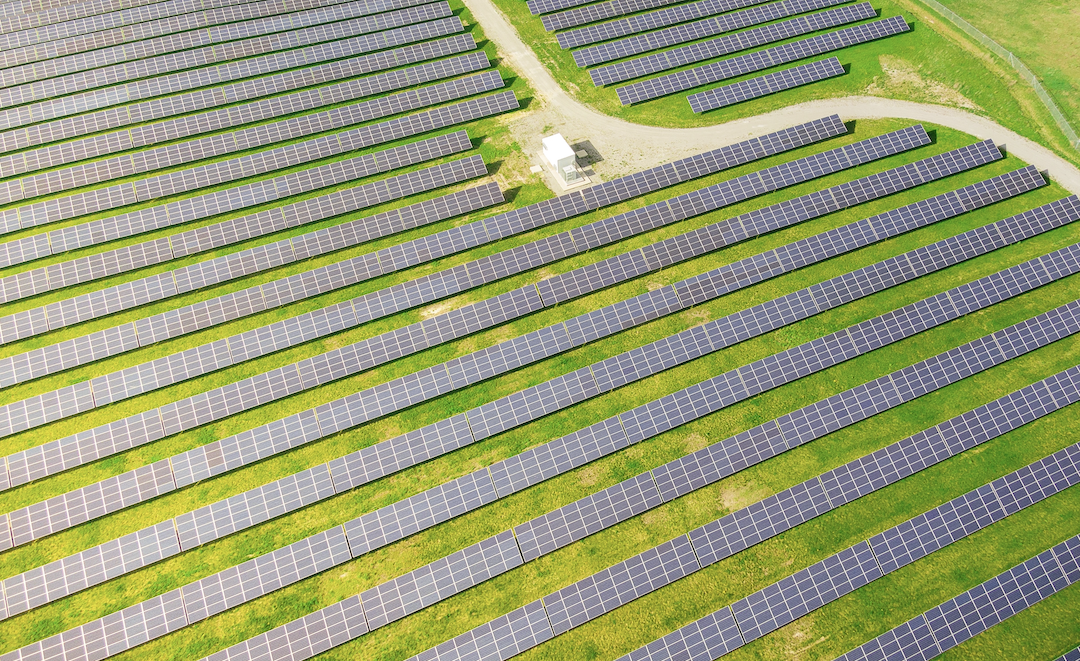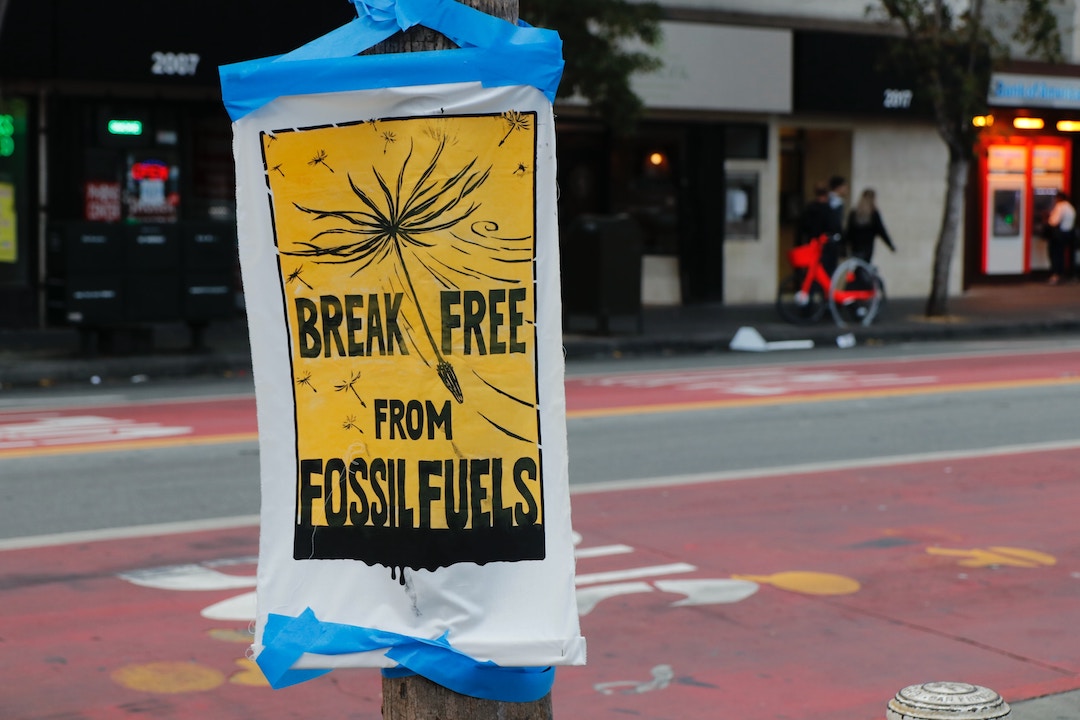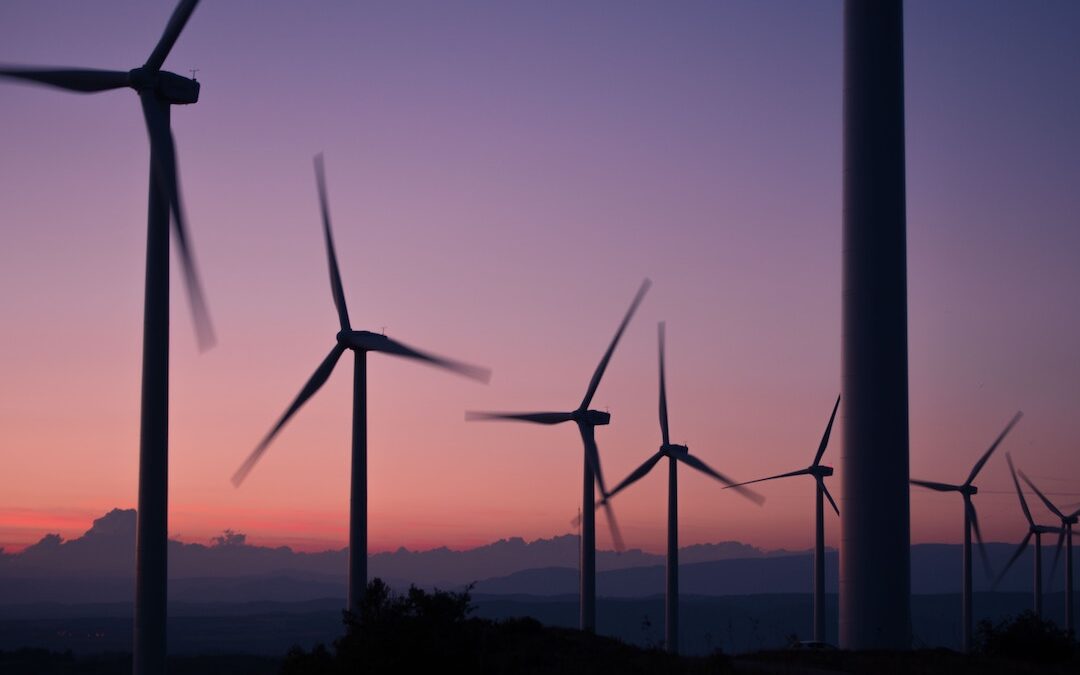Green hydrogen could help Australia to reduce carbon emissions and earn billions of dollars.
According to the CSIRO, Australia is the world’s 14th largest producer of carbon emissions, accounting for just over 1 percent globally. These greenhouse gases trap heat in the earth’s atmosphere, leading to a greenhouse effect that warms the planet and contributes to climate change.
Partners in Performance, a leading global consultancy firm, have suggested that green hydrogen could be used to create environmentally-conscious steel, ammonia, cement and more. By investing in this green technology, Australia could simultaneously protect the planet from further damage and support our economy.

Green hydrogen
Around 176 million tonnes of ammonia are produced around the world every year. Ammonia is created by separating hydrogen from natural gas using steam. However, this process releases carbon dioxide as a result. It is also energy and cost-intensive.
Conversely, green ammonia is made through a process called electrolysis, which separates hydrogen from water instead of gas using an electrical current. This causes no carbon to be released and can be undertaken using only renewable energy. According to the International Energy Agency, replacing typical gas with green hydrogen would save the planet 830 million tonnes of CO2 every year.
Green ammonia is predominately used in fertilizer, but can also be converted into liquid fuel for shipping. Green hydrogen can also be used to separate oxygen from iron ore to create direct reduced green iron (green DRI). This is then entered into a renewable-powered furnace to make steel, releasing almost zero emissions.
A report from the Australian National University suggests that the cost of green hydrogen is around AU $3/kg, and could reach AU $2/kg in the near future. This would make it competitive with conventional hydrogen.

Going global
Around the world, businesses are investing billions of dollars in environmentally-friendly products to meet the growing call for greater environmental awareness
While Australia may only account for 1.5 percent of global emissions, investing more in green processes and products could lead to major improvements in our international dealings.
According to Brian Innes, a representative from Partners in Performance, “We are blessed with the land, sun and wind needed to make enough renewable energy to produce green hydrogen which can be used in the production of products that other countries are producing with large carbon footprints.”
“We can displace those producers and massively reduce emissions occurring in other countries.”
Globally, the production of steel is responsible for eight percent of greenhouse gas emissions. Australia accounts for over 55 percent of iron ore exports and is the world’s biggest exporter of metallurgical coal, which is a major part of steel production. By investing in green technologies, we could significantly lower carbon emissions and encourage other countries to do the same.
“In essence, we have the potential to make a substantial impact on a quarter of global emissions through the provision of green iron, green ammonia, green eFuels, green mining explosives and green cement.”

On home soil
Brian Innes believes that focusing more on the use of green carbon technologies within Australia is the best path forward. Instead of exporting carbon-neutral fuel, green hydrogen could be channeled into revolutionising traditionally carbon-heavy products back home.
“The production of steel, shipping and aviation fuels, fertilisers, explosives and cement alone account for over a quarter of global greenhouse gas emissions,” says Brian.
“Not only can we reduce our own emissions through renewable energy, we can also have a significant impact on the emissions of our trading partners.”
In order to make this change, however, industry regulators need to introduce pro-renewable incentives. This could be as simple as setting quotas for the amount of steel produced using green hydrogen.
Another focus for Australia could be the cement industry. If green hydrogen was incorporated into the production of cement, carbon emissions in this sector could be reduced by nearly 50 percent.
“Australia keeps beating itself up about whether it can meet its emissions targets and yet it possesses the means to not only drive down global emissions but also generate substantial export earnings amounting to many billions of dollars,” concludes Brian.
To learn more about green hydrogen, click here.

